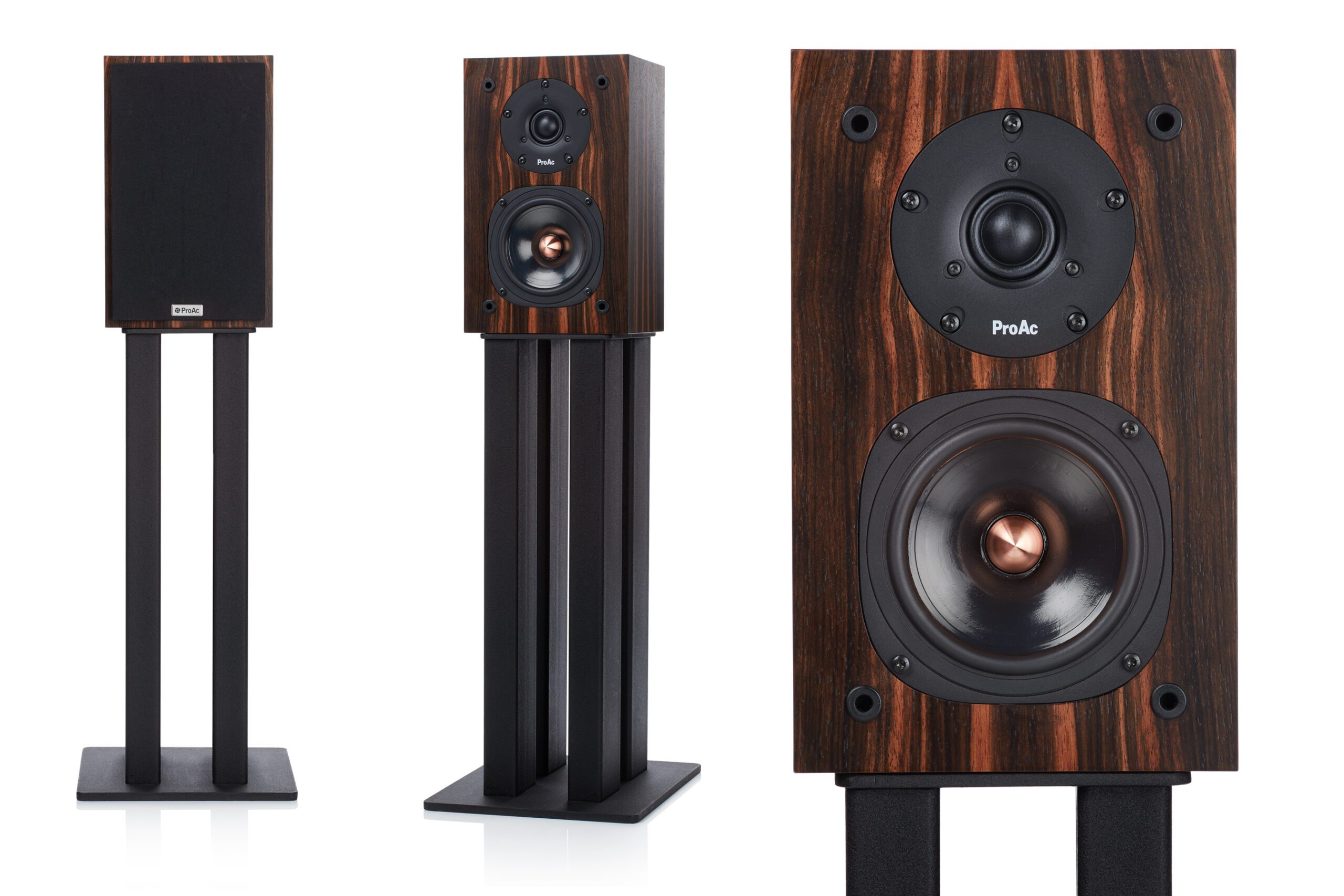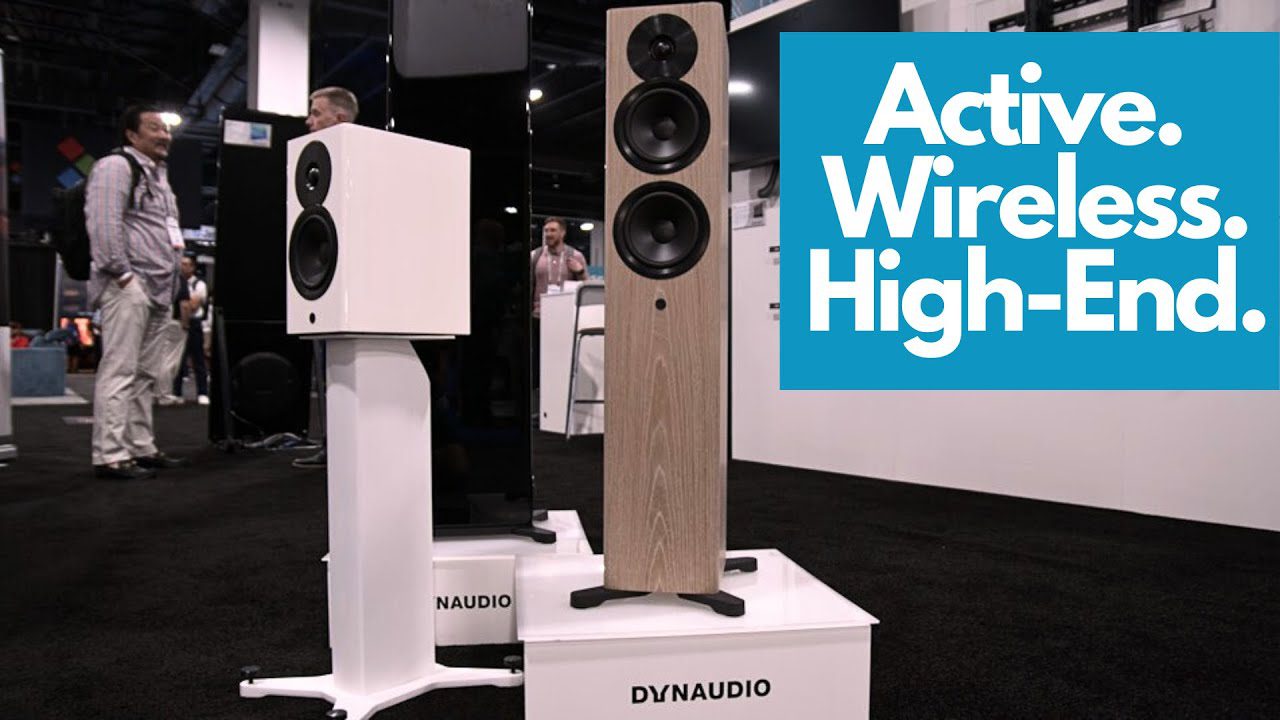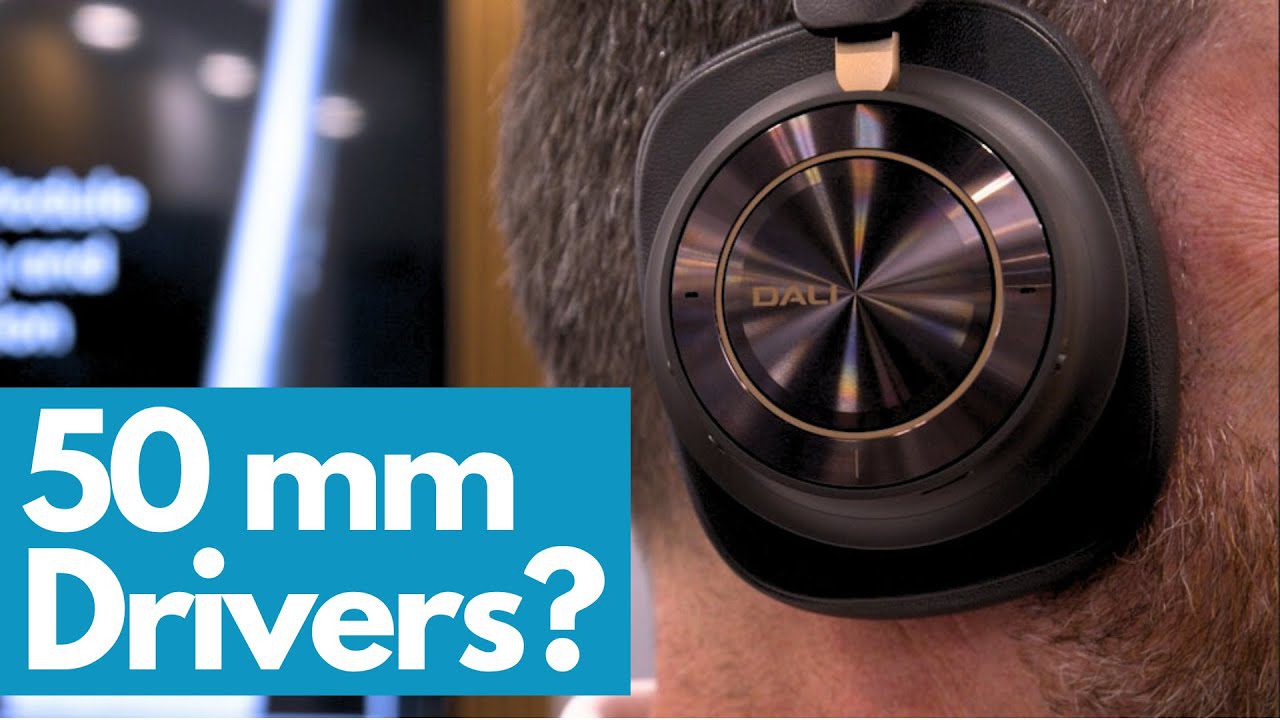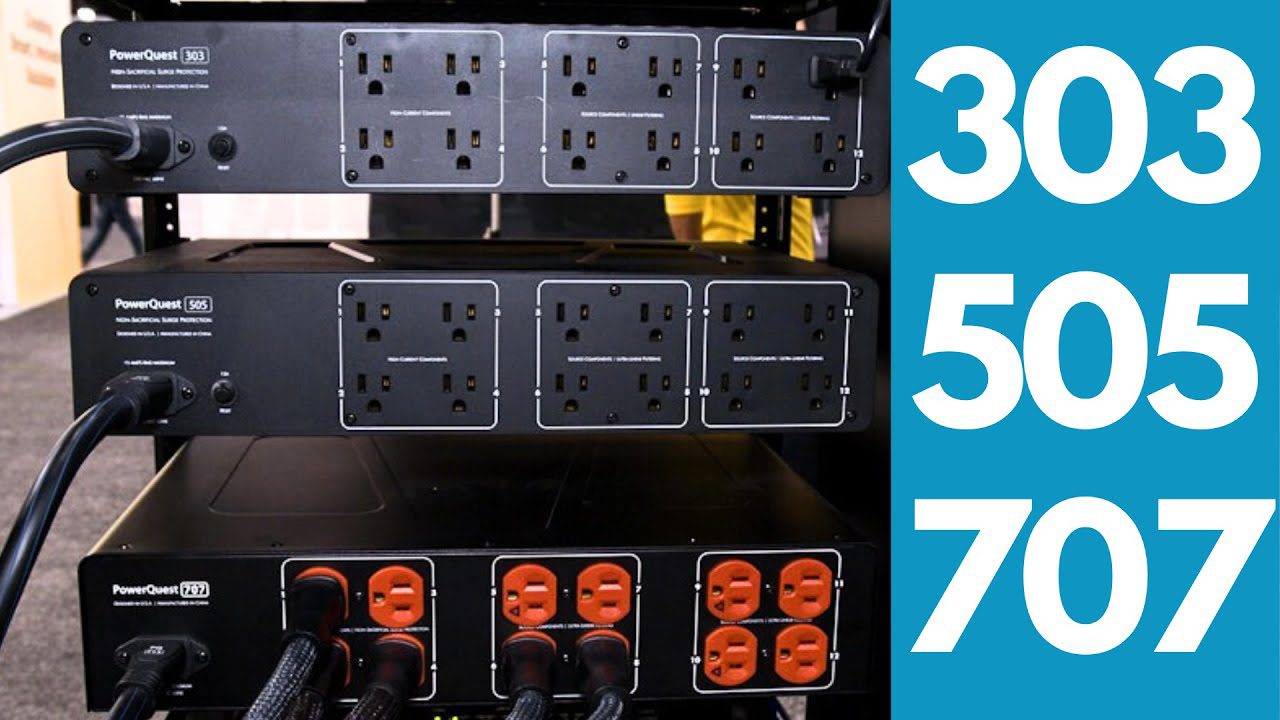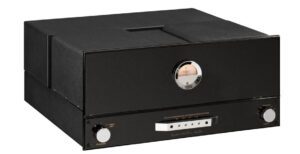
Back in Issue 133, we reviewed Questyle’s excellent CMA800R headphone amplifier. At the time, we suggested there would be a follow-up review of a pair of CMA800Rs for balanced operation. But then, an idea was hatched… why not go for the full stack? In fact, why not go for gold?
Questyle’s first electronics stack (not including the company’s clever wireless power amplifiers for loudspeaker users) features the aforementioned CMA800R headphone amplifier – two of them, in fact – the CAS192D DAC, and the CMA800P preamplifier. There have been just two significant changes since these products were released three or so years ago; the CAS192 DAC became the CAS192D model when it began supporting DSD replay, and the changes made between the standard and ‘Golden’ Reference editions. As the name – and the pictures – suggest, the Reference models differentiate themselves externally from their standard siblings through the use of a gold finish. It’s an all-over gold finish, too, right down to the feet. This might be a little ‘bling’ for conservative British tastes, and yes… confronted with the full four-box gold stack, I do feel a sudden, burning desire to drink Cristal from the back seat of a Maybach. Word!
There is more to the Reference Edition than just the gold finish, however. Each model takes the basic circuit design of its standard issue model, replaces the standard components with selected components, and swaps out the standard circuit board for a custom thick film ceramic PCB made by Roberts. The products are still constructed in the Foxconn factory, however. Think of this process like blueprinting for an engine; the standard model is built with some wiggle-room thanks to variations in component value. Questyle’s Reference series products use more carefully selected components throughout, so component values are precisely those laid down in the original circuit design. When you think that each component in a circuit could have as much as a 10% variance on its actual rating, shaving ±5% down to ±0.5% across hundreds of components should make a substantial difference in performance.
This ‘blueprinting’ practice is common in high-end audio, but with a twist; instead of using the right components for the job and hand-selecting the best versions of those right components (which takes time), many companies take the easier option of specifying more expensive components with more precise tolerances (which costs money) from the outset. Typically, this means an expensive product bristling with ‘big name’ components and no real way of determining whether they make the product sound better, because there is no basic version made available. Although Questyle also uses big name components in its construction, the company also gives you the option of the standard and ‘blueprinted’ versions, so you can directly hear if there is a difference and decide for yourself. This is almost unique in the audio world. Each Reference model commands an £800 premium over its base model, and I wouldn’t be surprised if anyone who tried both in quick succession develops a sudden lust for lustre…
Of course, high spec products are as nothing if the basic circuit design is not up to scratch. Fortunately, in each case, these golden products justify their place in the hierarchy extremely well. The core technology in the preamplifier and headphone amps is Questyle’s Current Mode Technology, a four-stage transconductance amplifier circuit, which we discussed in some detail in our Issue 133 review of the standard, solo CMA800R. Essentially, however, this is an amplifier circuit that ends up with extremely low levels of measured distortion and wide bandwidth, using a negative feedback circuit that works at far higher speed than is usually found in audio amplifiers (thereby reducing potential slew rate problems to the infinitesimal). In this setting, the preamp ‘simply’ takes over the gain control and source switching (of sorts; it’s more a balanced one-input active gain control with an optional single-ended input than a full-blown line stage), while the pair of CMA800R take over left and right channel amplification, if you have a pair of headphones (and the right set of cables) that can be driven balanced. This is kind of financially self-balancing, however, because no-one willing to spend over £10,000 on a headphone DAC and amplifier stack is going to use a headphone that cannot be run balanced.
The exception to this current mode drive is the CAS192D, originally a 24-bit, 192kHz upsampling DAC, featuring a Wolfson WM8471 DAC and two independent clocks and asynchronous USB input. The clocks allow digital signals to be ASRC upsampled to either 176.4kHz or 192kHz depending on their base sampling rate. Later and current models added DSD128 support and an additional clock for that stage. Unlike some upsampling designs, this option can be disabled from the front panel, if you decide to run the file at its native resolution. Run in linear PCM mode, the DAC offers the user has the choice of five filter settings, with both finite and infinite impulse response options. I preferred ‘IIR Apodizing’ on balance, with ‘FIR Apodizing’ coming a distant second. There are no filter options for DSD replay.
Where in the amplifiers, the ‘CMA’ suffix means ‘Current Mode Amplifier’, in this case, ‘CAS’ stands for ‘Computer As Source’. Although it has both coaxial and optical S/PDIF digital inputs, the DAC is intended to run USB direct to a computer. Yes, you can run a CD transport into the CAS192D – or maybe even a streamer – but that’s not its intended market. This is a shame, perhaps, because the Toslink is one of the few that genuinely supports 24 bit 192kHz signals.
The only operational quirk – in fact, the only operational quirk to the whole system – is the DSD replay options open to the CAS192D. Where most modern DSD-capable converters rely on DoP (DSD over PCM), Questyle has gone the more ‘honest’ route by accessing the DSD bitstream direct from the computer itself, bypassing the computer’s own audio processing subsystems, and the CAS192D’s own digital filtration. And it does this through USB. Of course, this also means you are locked into programs that support such a direct route (currently, that means JRiver) and the DoP option is the more widespread and easy path to take and there will likely be some gnashing of teeth at the lack of convenience in all this. However, I feel personally uncomfortable in criticising a DAC for doing the right thing, even if that right thing means more hoops for the end user to jump through.
This is one of the easiest reviews to write. Read the original review and multiply it a couple of times over! The CMA800R was already one of the least intrusive sounding headphone amplifiers on the market, and what the full stack offers is a lot less, in all the right ways. It’s dynamic, transparent, detailed, and fundamentally accurate, just like the lone amplifier, only more so. The addition of a second amplifier – especially when fed from a supremely transparent preamplifier and DAC – extends the dynamic range, and lowers the noise floor significantly. This is not a small change; it’s like your headphones stopped driving on public roads and were given a racetrack to show what they can really do. This doesn’t just mean playing loud; in fact, if anything, the great advantage of balanced operation is it lowers the noise floor and that is best heard at lower volume levels, if the headphones are up to the task.
The addition of the DAC tops this off perfectly. It’s as accurate as the rest of the system, and focuses on delicate, fast-paced delivery, with a vast amount of space around the music, and just a hint of midrange richness. These four components all combine to make a truly world-class headphone replay system, one that approaches the music played without prejudice. And this with straight PCM: I played some Led Zep DSD files of ‘interesting’ provenance [Atlantic, I guess] and the sound was as if I had taken a pair of cans off the mixing desk. Every last detail – right down to slight changes in Jimmy Page’s picking dynamics mid way through ‘Good Times, Bad Times’ – were there for the taking. After using really high-quality audio for the longest time, you don’t get many ‘gasp’ moments… but that really hit the spot. I know the track well, having heard it on everything from a mono compact cassette through to well-pressed vinyl, and I know its (very obvious) recording limitations, but this stack just side-stepped that and connected me with the recording in a way that more than justifies all the desktop real estate the Questyle grabs.
In absolute terms, the limits of the system do get exposed at this level, even if ‘exposed’ is probably the wrong term. When going up against some of the very best, the neutrality of the whole system does come with a touch of upper-mid forwardness. That sentence doesn’t contradict itself; the overall balance is neutral, more ‘direct’ than ‘smooth’, and in absolute terms has a slight upper-mid richness. It’s not ‘peaked’ in the upper mids, and the Questyle stack is certainly not exaggerated or underplayed across its whole frequency range. It’s more that the Questyle sound unveils itself to have a slight silken richness in the upper mids. That’s more than acceptable; it’s entertaining.
There’s an additional twist to the tale. Where the CMA800R was born out of frustration in trying to find an ideal headphone amplifier for the Sennheiser HD800, the CMA800P (and matching CAS192D) came about as a result of Questyle being commissioned by Stax to make a front-end for the company’s SR-009 flagship electrostatic earspeakers and matching energiser. Keen-eyed followers of Stax products might notice the company’s energisers already come with a preamp of sorts and a volume control, but such is the potential of the SR-009, Stax wanted a preamp with the kind of linearity and exceptionally low distortion offered by Questyle’s current-mode amplification, to show what its flagship is capable of. Equally keen-eyed readers of Hi-Fi+ will notice there’s one of Stax’ line-up in this issue. It’s almost as if we planned it…
Removing the two CMA800R and substituting them for the Stax SRM353X and hooking the DAC, preamp, and energiser to the new Stax SR-L500 earspeakers was like pressing the turbo button on your inner audiophile. The performance of the Stax combo – already surprisingly good, given the cost of admission – took a massive leap forward. It showed precisely what that new entry point into Stax elestrostatics can do in terms of absolute detail and fidelity to the sound. It was a bit of a ‘good grief, that’s what they can do!’ moment, and made me want to immediately re-evaluate the SR-009; if the baby of the range can be made to sound this good, what kind of headphone is really lurking inside the flagship electrostat?
The best thing about this Questyle quartet is they all go after the same goal of neutrality and accuracy; the performance of one goes with and builds upon the performance of the others, and there’s a sense that is you start with any one device, the others will logically follow. If you have a pair of headphones good enough to warrant a CMA800R, they are good enough to benefit from balanced drive, in which case two CMA800Rs are the logical choice, and that means a CMA800P is the logical choice in driving them, and the DAC is the obvious model to deliver the best signal to that trio. Or, you start with the DAC for its sheer fidelity, then add a CMA800R and go down that route. Or even, you have a Stax energiser and want to hear what its capable of, and wind up with a CAS192D and a CMA800P. And when you compare the gold standard with the regular versions, you’ll probably go for gold at each step along the way. Every way you slice this up, all roads lead to a couple of gold Questyle boxes or more. I’m not saying this is all you ever need in headphone replay because I like to keep in employment and there’s always the option for the next thing to sound even better, but if those Editor powers wore off tomorrow and I wanted the best in headphone replay, I’d have a little pile of gold bricks next to my computer…
Technical Specifications
Questyle CAS192D Golden
Type: Digital to Analogue converter
Inputs: USB, S/PDIF Toslink and RCA
Outputs: Unbalanced RCA and balanced XLR
Precision: from 16/44.1-24/192 PCM and True DSD (DSD128)
Filters: 5 switchable IIR (MP) and FIR (LP)
PCM upsampling: Dual clock integral, defeatable
Core Audio for USB: WASAPI, ASIO, KS
S/N ratio: 115dB (RCA), 116dB (XLR)
THD+N: < 0.005%
Dimensions (W×H×D): 33×33×5.5cm
Price: £2,399
Questyle CMA800P Golden
Type: Pure Class A headphone preamplifier
Inputs: 1x pair XLR, 1x pair RCA
Outputs: 1x pair XLR, 1x pair RCA
S/N ratio: 131dB (XLR)/124dB (RCA)
THD+N: 0.00021% @ 1kHz, 10kΩ (XLR); 0.00023% @ 1kHz, 10kΩ (RCA)
Dimensions (W×H×D): 33×33×5.5cm
Price: £2,899
Questyle CMA800R Golden
Type: Pure Class A current mode headphone amplifier
Inputs: RCA/XLR (stereo mode), XLR (mono mode)
Outputs: dual 6.5mm headphone jacks (stereo) XLR full balance (mono), RCA pair (preamp)
Frequency response: DC-200kHz (+0, -0.3dB)
S/N ratio: 114dB (stereo), 118dB (mono)
THD+N (1kHz, 300Ω): 0.00026% (mono); 0.00038% (stereo)
Gain: 15.5dB
Max output power for 300Ω load: 180mW (stereo), 710mW (balanced)
Dimensions (W×H×D): 34×14.5×5.2cm
Weight: 5kg
Price: £2,399 each
Manufactured by: Questyle
URL: www.questyle.com
Distributed in the UK by: SCV Distribution
Tel: +44(0)3301 222500
Tags: FEATURED
By Alan Sircom
More articles from this authorRead Next From Review
See all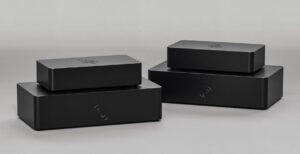
Reiki Audio SuperSwitch Master Pro + Servant Pro
- Mar 27, 2024
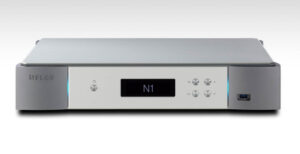
Melco Audio N1-S38 music server
- Mar 27, 2024
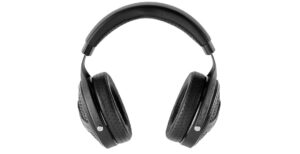
Focal Utopia 2022 headphones
- Mar 27, 2024

